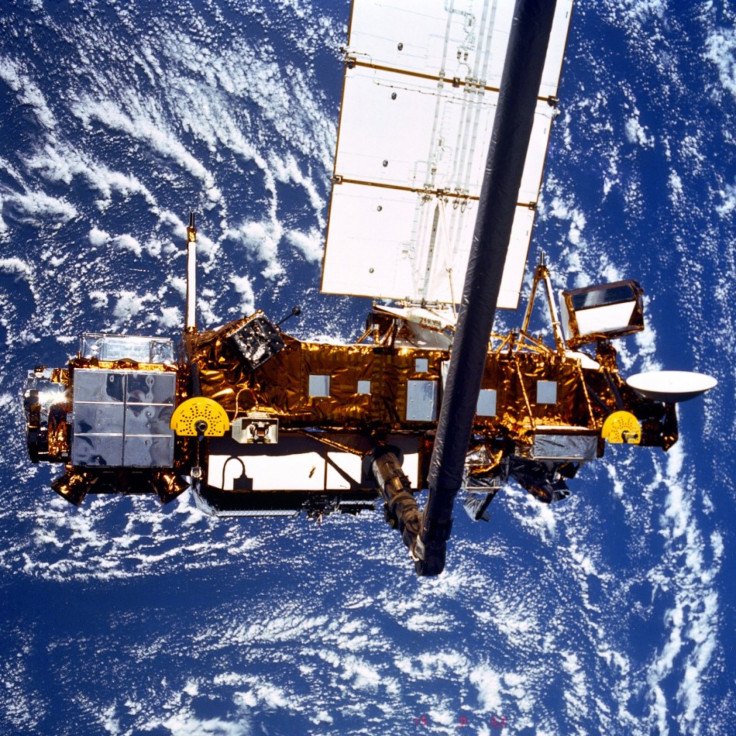NASA Says Defunct Satellite Won’t Fall on U.S.

The six-ton defunct Upper Atmosphere Research Satellite will plunge to Earth sometime on Friday afternoon EDT, and the U.S. wil be spared any debris, NASA said in its latest update.
The space agency said it has projected that the satellite will not be passing over North America during that time period.
Though the U.S. has been excluded from the re-entry zone, NASA says it is still too early to predict the time and location of re-entry with any more certainty, but predictions will become more refined in the next 24 to 48 hours.
According to a computer analysis of satellite re-entry survivability for UARS components, about 150 component types, including the parent body of the satellite, will disintegrate during re-entry, but 12 types would endure the fiery fall to Earth.
The risk to public safety or property is extremely small, and safety is NASA's top priority, NASA had said in a Re-entry Overview Release two weeks ago. Since the beginning of the Space Age in the late 1950s, there have been no confirmed reports of an injury resulting from re-entering space objects. Nor is there a record of significant property damage resulting from a satellite re-entry.
NASA also asked the public to contact a local law enforcement official for assistance, if you find something you think may be a piece of UARS, do not touch it.
UARS was launched Sept. 12, 1991, aboard space shuttle Discovery's mission STS-48 and deployed on Sept. 15, 1991. It was the first multi-instrument satellite to observe numerous chemical components of the atmosphere for better understanding of photochemistry.
UARS data marked the beginning of many long-term records for key chemicals in the atmosphere. The satellite also provided key data on the amount of light that comes from the sun at ultraviolet and visible wavelengths. UARS ceased its productive scientific life in 2005.
UARS' orbit is restricted to between 57 degrees north latitude and 57 degrees south, spanning between northern Canada and the tip of South America.
NASA and its partners at the U.S. Strategic Command will issue updates, 24-hours before the re-entry, then at T-minus-12 hours, T-minus-6 hours and T-minus-2 hours, even though the experts won't be in a position to predict exactly where the debris will fall.
© Copyright IBTimes 2025. All rights reserved.






















